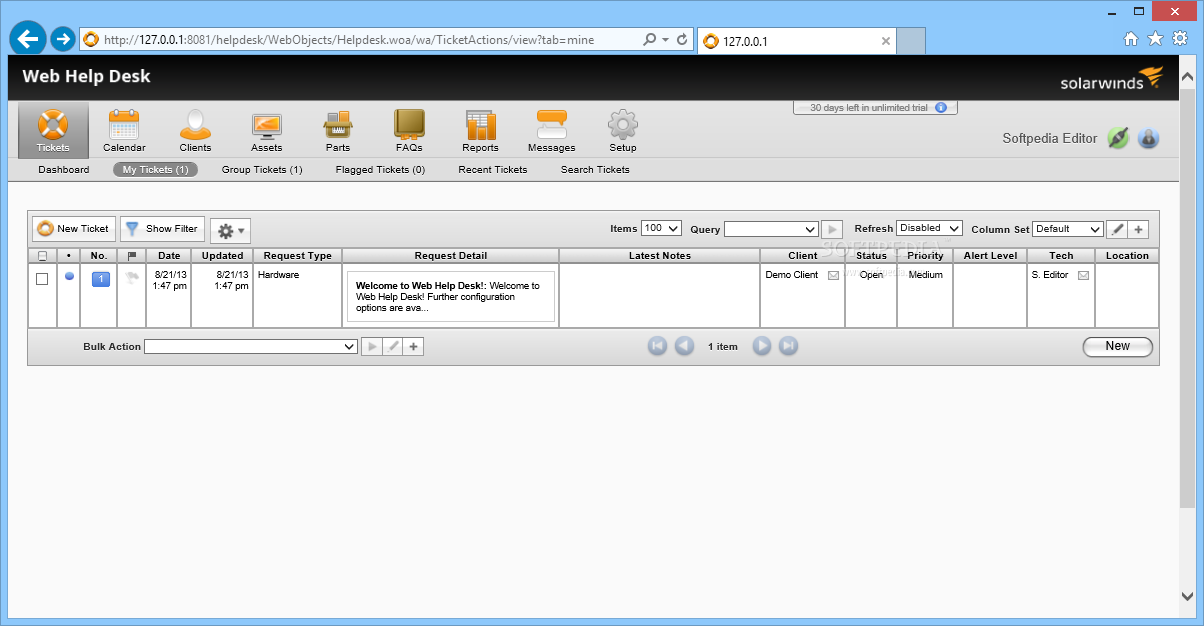

Often considered mainly as vectors of the disease, wild birds, including endangered species, are also victims. With severe mortality rates, avian influenza can heavily impact the health of both poultry and wild birds. Impact on animal health, including wild birds

Head of the WOAH Preparedness and Resilience DepartmentĪvian influenza outbreaks can have heavy consequences for the poultry industry, the health of wild birds, farmer’s livelihoods as well as international trade. The global impact of avian influenza Economic consequencesĪvian influenza can kill entire flocks of birds so this causes devastating losses for the farming sector Dr. Therefore, it is critical to limit their exposure to wild birds to lessen the risk of introduction of avian influenza into flocks. Direct exposure of farmed birds to wild birds is a likely transmission route of the virus. The main wild species involved in the viral cycle of avian influenza are waterfowls, gulls, and shorebirds however, the virus seems to pass easily between different bird species. Wild birds also play a major role in avian influenza viruses evolution and maintenance during low seasons. When birds have little or no symptoms of the virus, it allows them to spread the viruses between neighbouring countries or over long distances, along their migratory pathways. Depending on the virus strain and the species of bird, the virus can be harmless or fatal to the wild bird. Within their respiratory or intestinal tracts, they can carry different avian influenza virus strains. Migratory wild birds, especially waterfowls, are the natural host and reservoir of avian influenza viruses. What role do wild birds play in the spread of avian influenza?


 0 kommentar(er)
0 kommentar(er)
